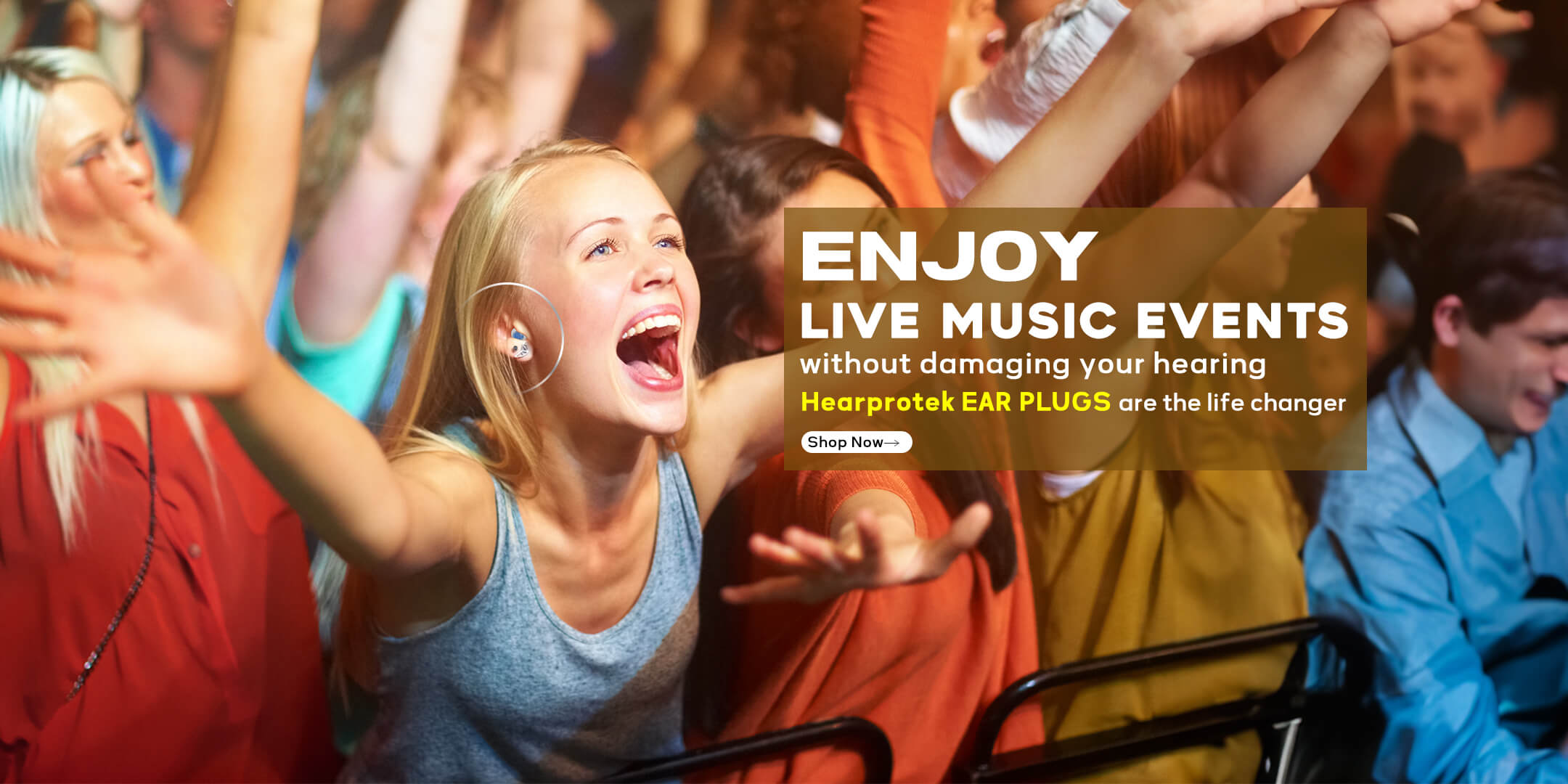Understanding Noise Exposure Limits and the Need for Ear Plug Usage
Body
Noise exposure is a common occurrence in our daily lives, whether it's from the bustling city streets, construction sites, or loud music at concerts. However, prolonged exposure to high levels of noise can have detrimental effects on our hearing. This is where understanding noise exposure limits and the need for ear plug usage becomes crucial.

The Importance of Protecting Your Hearing
Hearing loss is a serious concern that affects millions of people worldwide. It can be caused by a variety of factors, including aging, genetics, and exposure to loud noise. Noise-induced hearing loss (NIHL) is a type of hearing loss that occurs as a result of exposure to excessive noise levels. It can be temporary or permanent, depending on the duration and intensity of the noise.
Understanding noise exposure limits is essential in preventing NIHL. The Occupational Safety and Health Administration (OSHA) has established guidelines that define safe noise exposure levels in the workplace. These guidelines are based on the maximum permissible exposure (MPE) to noise over a given period of time.
Understanding Noise Exposure Limits
OSHA sets the permissible exposure limit (PEL) for noise at 90 decibels (dB) for an 8-hour time-weighted average (TWA). This means that workers should not be exposed to noise levels exceeding 90 dB over an 8-hour workday. However, for every 5 dB increase in noise level, the permissible exposure time is cut in half. For example, at 95 dB, the permissible exposure time is reduced to 4 hours.
It's important to note that noise exposure limits are not only applicable to the workplace. We are exposed to noise in various environments, such as concerts, sporting events, and even our own homes. Understanding the potential risks and taking appropriate measures to protect our hearing is crucial in all aspects of life.
The Need for Ear Plug Usage
Ear plugs are a simple yet effective solution for protecting our ears from excessive noise. They are small devices that are inserted into the ear canal to reduce the intensity of sound reaching the eardrum. Ear plugs come in various forms, including foam, silicone, and custom-molded options.
Using ear plugs can help to reduce the risk of noise-induced hearing loss by lowering the overall noise exposure level. They provide a physical barrier that prevents excessive sound waves from entering the ear canal. By wearing ear plugs, you can effectively reduce the intensity of noise and protect your hearing.
Choosing the Right Ear Plugs
When it comes to selecting ear plugs, it's important to choose the right type for your specific needs. Foam ear plugs are a popular choice due to their affordability and ease of use. They are designed to expand and conform to the shape of the ear canal, providing a snug fit and effective noise reduction.
Silicone ear plugs are another option that offers a more durable and reusable solution. They are often moldable, allowing for a customized fit that ensures maximum comfort and effectiveness. Custom-molded ear plugs, on the other hand, are professionally made to fit the unique shape of your ears, providing the highest level of comfort and noise reduction.
Regardless of the type of ear plugs you choose, it's important to ensure they are properly inserted into the ear canal to achieve the desired level of noise reduction. Following the manufacturer's instructions and seeking professional guidance if needed can help you make the most of your ear plug usage.
In conclusion, understanding noise exposure limits and the need for ear plug usage is essential in protecting our hearing from the harmful effects of excessive noise. By being aware of the potential risks and taking proactive measures to reduce noise exposure, we can safeguard our hearing for years to come.










Comments